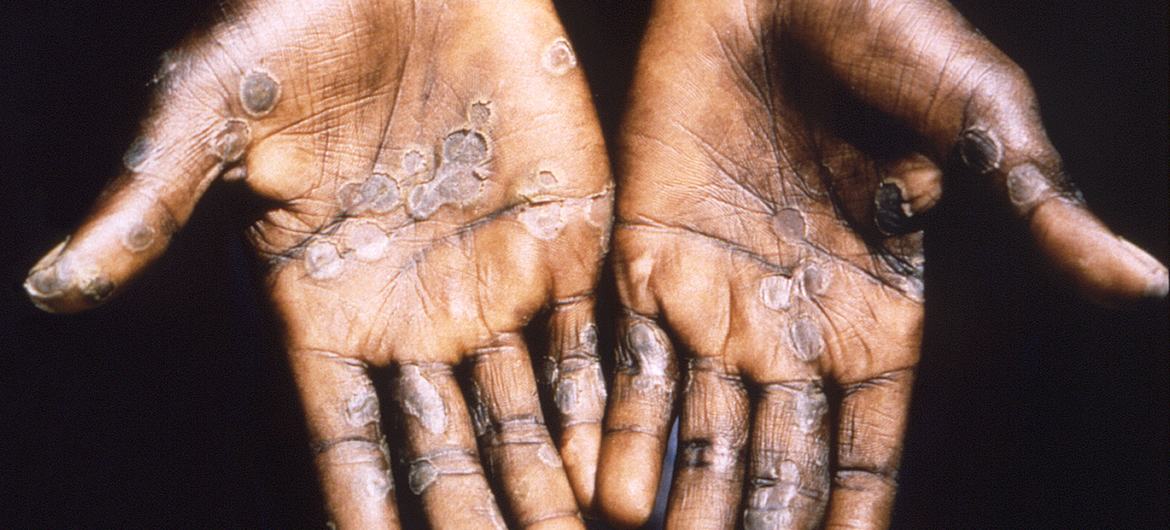
The swift spread of a new virulent strain of the mpox virus across Africa triggered the World Health Organization (WHO) to declare it once again a public health emergency of international concern last week.
But, what is it, where did it come from and how can the world deal with the threat, which inevitably raises the spectre of pandemics past such as COVID-19 and the early spread of HIV infections?
Here’s what you need to know:
Formerly known as monkeypox, the viral disease can spread between people, mainly through close contact, and occasionally from the environment to people via objects and surfaces that have been touched by a person with mpox.
Originating in the Democratic Republic of the Congo in 1970, mpox was neglected there, according to WHO.
“It is time to act decisively to prevent history from repeating itself,” said Dimie Ogoina, who chairs the International Health Regulations’ Emergency Committee, which advises WHO on such matters.
Endemic in central and West Africa, the infectious disease later caused a global outbreak in 2022, leading to a WHO public health emergency in July as it became a multi-country outbreak.
Following a series of consultations with global experts, WHO has begun using a new preferred term “mpox” as a synonym for monkeypox. Find out more about that decision here.